The 16:8 fasting method is a powerful, beginner-friendly way to start your journey with intermittent fasting. By fasting for 16 hours, including your sleeping hours, and eating within an 8-hour window, you’ll support fat burning, improve insulin sensitivity, and allow your body to shift smoothly into a fat-adapted state.
Why Choose the 16:8 Protocol?
The 16:8 method is ideal if you’re new to fasting or want a flexible way to begin bio-hacking your body. This protocol helps break the habit of constant snacking and allows your body time to shift into using stored fat for energy. It also gives you two opportunities within the day to refuel your body with nutrient-dense meals, providing energy for training and recovery without overloading your system.
Setting Up Your 16:8 Fasting Window
Choose an 8-hour window that fits your lifestyle. Some common eating windows are:
- 10 am – 6 pm
- 11 am – 7 pm
- 12 pm – 8 pm
Outside of your chosen window, you’ll remain in a fasted state, only consuming water, black coffee, or herbal tea.
Benefits of 16:8 Fasting
- Increased Fat Burning: During the 16-hour fasting period, glycogen stores are depleted, which encourages your body to tap into stored fat for energy.
- Improved Insulin Sensitivity: Fasting periods allow your body to regulate insulin levels more efficiently, making nutrient absorption more effective when you do eat.
- Hormonal Optimization: This fasting period supports increased production of HGH (Human Growth Hormone) and testosterone, promoting muscle preservation and fat loss.
- Mental Clarity: Fasting often sharpens mental focus as blood sugar levels stabilize, improving productivity and reducing distractions from constant hunger.
Meal Structure for 16:8
During the 8-hour eating window, aim for two balanced, nutrient-dense meals to fuel your body without overwhelming it. Here’s a sample structure:
Meal 1 (Start of the Eating Window)
- Goal: A lighter, low-carb meal to stabilize energy levels and minimize insulin spikes.
- Example: 4-6 eggs with avocado and feta cheese, or a protein shake with greens and nut butter.
- Why: A low-carb meal can help sustain energy levels without causing an insulin spike, preparing you for your main post-workout meal.
Meal 2 (Post-Workout, Larger Meal)
- Goal: A nutrient-dense meal that includes carbs, fats, protein, and fiber to support recovery and muscle growth.
- Example: Grilled meat or fish with rice or sweet potatoes, cooked in healthy fats like olive oil, with a side of vegetables and a bowl of Greek yogurt with fruit and nuts.
- Why: This meal is structured to replenish glycogen, support recovery, and aid in muscle repair.
BYOC Action Step: Start Your 16:8 Fasting Window
- Choose Your Window: Select an 8-hour eating window that fits your daily routine. Write down your eating and fasting times.
- Track Your Progress: For one week, log your fasting and eating times, and note any changes in energy, hunger levels, or mental focus.
- Evaluate & Adjust: After one week, assess how you feel. If the window feels manageable, continue with 16:8. If you feel ready to deepen your fasting practice, consider moving to the next protocol, 18:6, in the future.
Tips for Success with 16:8
- Stay Hydrated: Drink water, herbal teas, or black coffee during the fasting period to support metabolism and curb hunger.
- Listen to Your Body: Adjust your eating window or meal content based on your energy needs, especially on training days.
- Be Patient: Allow your body time to adapt to fasting; initial hunger pangs usually subside as your body becomes more fat-adapted.
